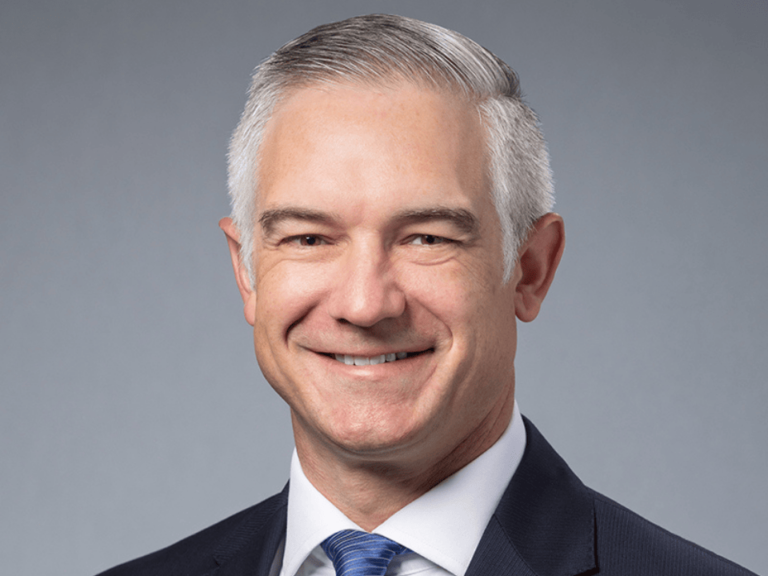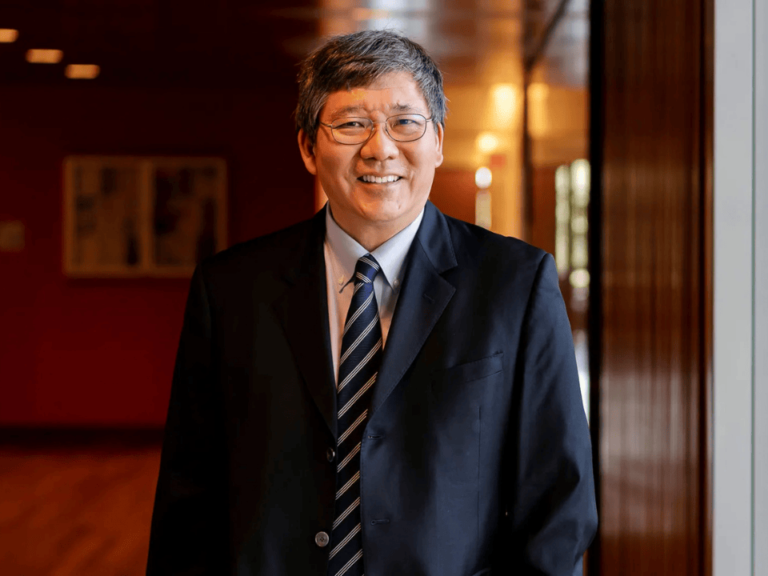President Barack Obama’s Feb. 8 budget request for fiscal year 2017 slates $75 million in additional funding for FDA for the creation of a virtual Oncology Center of Excellence.
The proposal is arguably the most tangible component of Vice President Joe Biden’s National Cancer Moonshot program, which aims to double progress in cancer research and drug development over the next five years.
Oncology insiders are waiting to understand the meaning of the word “virtual” in the designation of the Center of Excellence at FDA. Indeed, how is a virtual center distinguishable from a brick-and-mortar establishment?
Is the proposal a signal of structural change—with far-reaching consequences—at FDA, or does “virtual” stand for a stopgap measure for dealing with ongoing debate over whether products should be regulated according to disease-oriented pathways?
Here is the exact language the White House has used:
“The FDA will develop a virtual Oncology Center of Excellence to leverage the combined skills of regulatory scientists and reviewers with expertise in drugs, biologics, and devices. This center will expedite the development of novel combination products and support an integrated approach in:
- “Evaluating products for the prevention, screening, diagnosis, and treatment of cancer;
- “Supporting the continued development of companion diagnostic tests, and the use of combinations of drugs, biologics and devices to treat cancer; and
- “Developing and promoting the use of methods created through the science of precision medicine.”
Research advocates say that more than $75 million will be needed to reform the agency through the Centers of Excellence—a necessary step toward creating more efficient regulatory pathways. (The Cancer Letter, Feb. 5.)
“The Centers will improve coordination within and between FDA medical product centers and break down decades’ old silos within FDA and make for a more efficient agency,” said Ellen Sigal, chair and founder of Friends of Cancer Research. “This coordination will allow the agency to expedite the development of novel combination products, as well as support an integrated approach in product evaluation, support continued development of combination products, and develop and promote precision medicine methods.
“Most importantly, the proposal enhances FDA’s ability to execute their vital role in translating scientific discovery into new therapies for patients.”
Sigal and Friends of Cancer Research play a central and ongoing role in the development of the 21st Century Cures Act, an initiative passed by the House aimed at modernizing clinical trials and expediting drug development.
Cellular and immunologic therapies, devices and biomarker tests are currently regulated in separate areas within FDA. This existing structure needs reform, Sigal said, and these “isolated portions” need to be brought under one umbrella for the benefit of patients.
“The regulatory structure may be adequate, yes. Yet, as those within FDA with a breadth of experience have noted, science and treatment options today have progressed far beyond this type of agency structure,” Sigal said to The Cancer Letter. “Patients deserve an agency that regulates these products similarly to how they are used in medical practice. Previous efforts to develop a more disease-oriented approach to product regulation have demonstrated the positive effect of this type of organizational structure.”
Sigal spoke with Matthew Ong, a reporter with The Cancer Letter.
Matthew Ong: What does the moonshot propose for FDA?
Ellen Sigal: The moonshot creates a framework that builds upon the incredible oncology research taking place all across the country. By finding ways to streamline the FDA it creates a more collaborative ecosystem across all sectors to expedite scientific discovery.
Specifically, it calls on Congress to update FDA’s structure to better reflect 21st century science by creating Centers of Excellence within FDA. The Centers will improve coordination within and between FDA medical product centers and break down decades-old silos within FDA and make for a more efficient agency. This coordination will allow the agency to expedite the development of novel combination products, as well as support an integrated approach in product evaluation, support continued development of combination products, and develop and promote precision medicine methods.
Most importantly, the proposal enhances FDA’s ability to execute their vital role in translating scientific discovery into new therapies for patients.
What does the funding situation look like for the agency? How would the moonshot change funding for FDA?
ES: Funding is a perennial challenge at the FDA. This is an agency that over time has been given more and more responsibilities by Congress. The administration’s moonshot increases FDA funding by $75 million, a crucial funding increase needed to implement the types of programs proposed here. The White House has said this is part of an initial investment representing a down payment on the National Cancer Moonshot.
This funding, along with a significant increase for programs at the NIH, is meant to improve early cancer detection, take advantage of the cutting edge science of immunotherapies, increased use of genomic analysis, enhance data sharing, and establish the Oncology Center of Excellence at the FDA.
For the FDA and other agencies to achieve these types of goals, more funding than $75 million is necessary. Over the coming months, the administration has said it will be working with Congress to launch the next phase of investments, providing the resources needed to double our rate of progress in this historic fight.
Is the oncology regulatory system we have now adequate? Is it consistent with the state of science today?
ES: The regulatory structure may be adequate, yes. Yet, as those within FDA with a breadth of experience have noted, science and treatment options today have progressed far beyond this type of agency structure. Today’s techniques for cancer treatment and care are multi-modal. It makes sense for regulation of the products to use a similar approach to ensure that decisions are made in context, with consistency and involve the diverse relevant expertise across the FDA.
We need an agency that can collaborate more effectively across an entire disease so that when groundbreaking drugs are being developed, the FDA can make sure they get to patients in the safest and fastest way possible.
Can you think of a rationale for keeping all these things separate: cellular therapies, immunologic therapies, oncologic devices, biomarker tests?
ES: The current structure has evolved over time as new authorities have been given to FDA. Advances in science and technology mean that many of these products are now being developed concurrently.
In oncology, there are more frequent instances of developing products that may involve multiple centers at FDA. For example, a drug that requires a companion diagnostic to identify patients who are most likely to benefit; or a cell-based vaccine combined with a drug.
For patients, they can’t be sure they are getting the correct targeted therapy without an effective biomarker test. Having these products regulated within isolated portions of the FDA leads to incongruent timelines that may result in development delays.
This type of integration not only makes sense for oncology, but for other divisions within FDA. Breaking down these structures so that the FDA can address cancer as a disease will show how best to streamline how the agency handles evaluation of drugs, devices, and tests across other diseases as well.
So why is the FDA Oncology Center of Excellence necessary? What can it accomplish that the existing system cannot?
ES: This is necessary because patients deserve an agency that regulates these products similarly to how they are used in medical practice. Previous efforts to develop a more disease-oriented approach to product regulation have demonstrated the positive effect of this type of organizational structure.
In 2004, several therapeutic biologic products were relocated into the current organization for oncology drugs at FDA. This was an important change that has helped usher in a new era of anti-cancer products that in some instances are now having a profound impact on previously untreatable diseases. But this was just a first step to build on.
By forming teams of FDA staff with cutting-edge expertise in the treatment and prevention of specific disease areas, the agency can improve coordination within and between FDA medical product centers. This approach will break down decades’ old silos within the agency.
It is this brand of innovative thinking that will help build a healthier America and maintain U.S. leadership in drug and device development.











